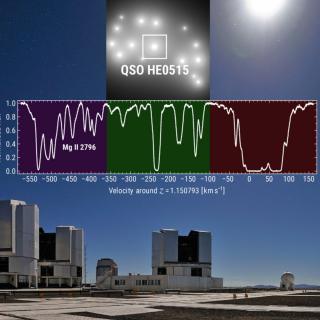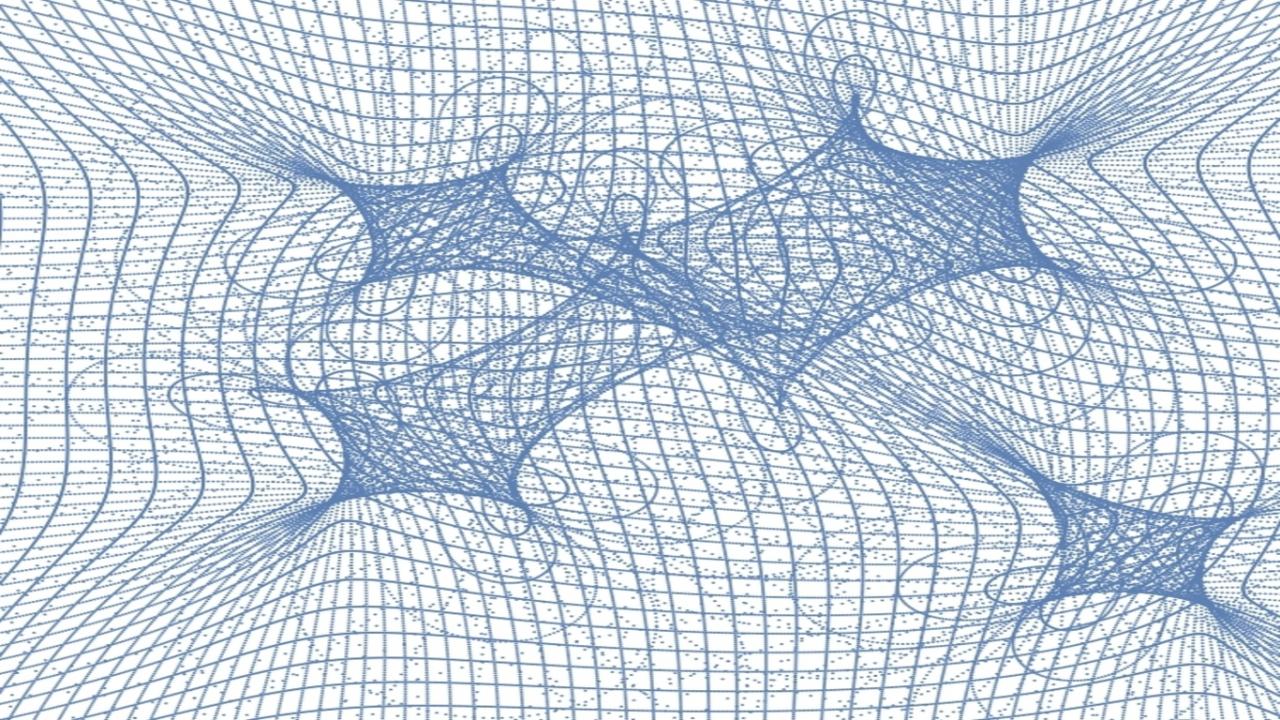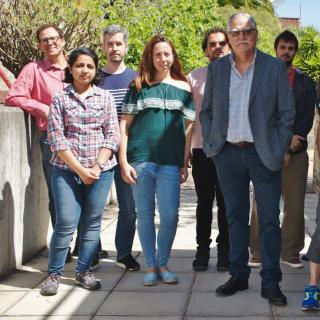Grants related:
General
Introduction
Gravitational lenses are a powerful tool for Astrophysics and Cosmology. The goals of this project are: i) to obtain a robust determination of the Hubble constant from the time delay measured between the images of a lensed quasar; ii) to study the individual and statistical properties of dark matter condensations in lens galaxies from microlensing on the images of lensed quasars; iii) to study the unresolved structure of quasars (broad and narrow emission line and continuum emission regions) from induced variations by microlensing in the photometry of the lensed quasar images as well as in the profile of their emission lines; iv) to study the variation of dust extinction properties with redshift from the determination of extinction curves in lens galaxies; (v) to develop new numerical and statistical methods to study microlensing and (vi) to detect exoplanets through gravitational microlensing.
Members
Results
- We have introduced a new method to measure the masses of the supermassive black holes of the quasars based on the gravitational redshift of the ultraviolet lines of the iron (UV Fe III). The calculated masses are in agreement with the estimates obtained using the virial theorem.
Scientific activity
Related publications
No related publications were found.Related talks
No related talks were found.Related conferences
No related conferences were found.News
-
 ESPRESSO puts the physical constants to the testAdvertised on
ESPRESSO puts the physical constants to the testAdvertised on



